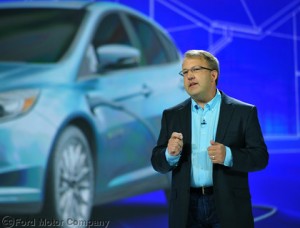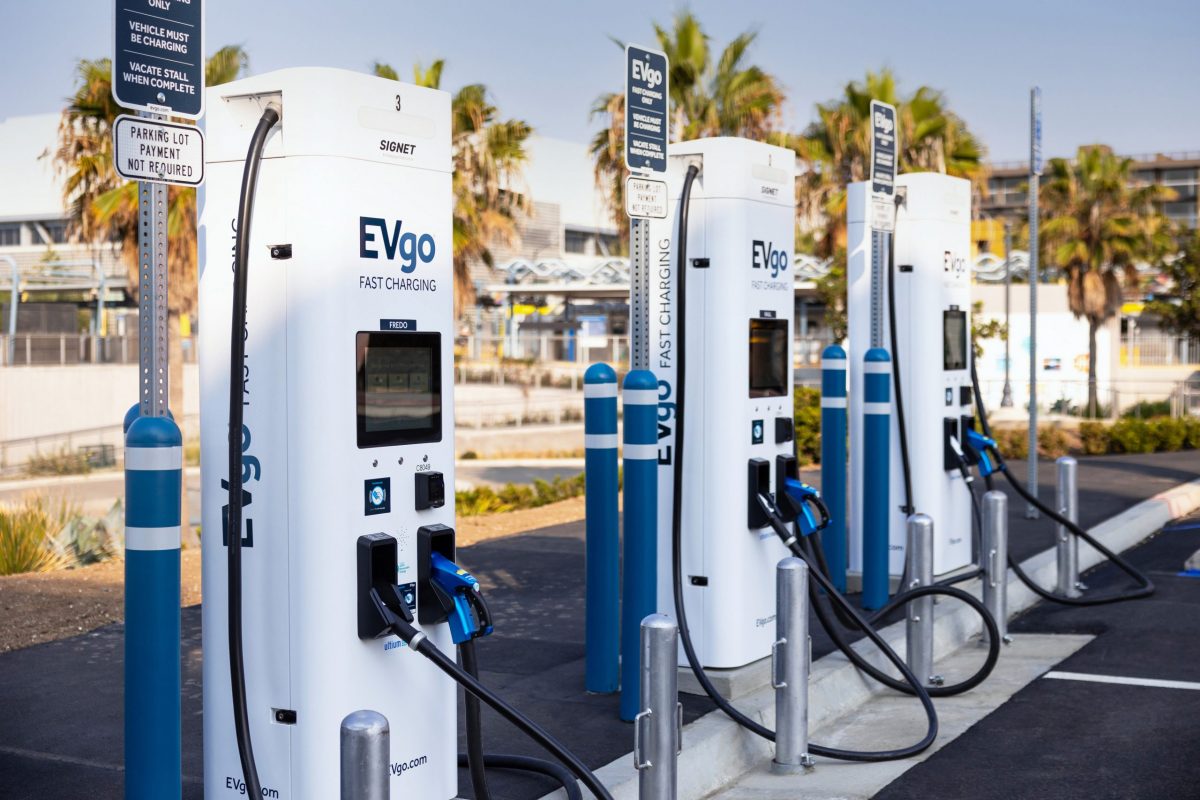Ford’s current strategy lies in developing its product technology to address environmental concerns and improve the carbon footprint of its vehicles, says Mike Tinskey, Global Director, Vehicle Electrification & Infrastructure at Ford. Speaking at Automotive Megatrends USA, Tinskey stated: “Everything we are focusing on is around reducing CO2 and meeting the target of 450ppm.”
He continued, “Electrification is a big part of this target. But what does not get talked about is why the EV is more efficient. Many people don’t realise the combustion engine is becoming smaller whilst the electric components are becoming increasingly capable.”

Here, Tinksey suggests hybrid powertrains are becoming more reliant on the electric components. This is due to advancements in battery technology, as well as innovative systems that are continually proving their worth, like “regenerative braking, which is great for urban environments where congestion and frequent starts and stops means more energy is recovered.”
One particular technology that Ford has been recently studying and testing revolves around smart parking systems, whereby sensors are used on vehicles in car parks to inform other vehicles of where free parking spaces are.
“We took ultrasonic sensors on a C-Max and changed the code,” explains Tinskey. “The sensors can map out parking spaces that are open and occupied. This information is then uploaded to a cloud and compiles a comprehensive database that can be accessed by other vehicles.”
In accessing this information, other drivers can plan in order to reach a free space without spending time and fuel whilst they search. Tinskey thinks that some Ford’s customers spend around 30 minutes looking for parking spaces, wasting significant amounts of fuel and emitting unnecessary CO2. As parking habits and technologies have not changed since the 1930s, Ford sees the area as one of potential dramatic improvement when it comes to efficiency.
In relation to the powertrain, Tinskey explained that the smart parking application could be used in both electric and conventional combustion-based vehicles. “The real frustration is the time it takes to park,” he explains. “This frustration is not exclusive to EVs, but to combustion vehicles too. It is an enabling technology for all types of vehicles.”
In order to forward its smart parking applications, Ford is considering further tests. Tinskey foresees consumer input playing a key role, as he hopes “the customer will help build these databases and contribute information themselves to make it extensive.”
In short, Tinskey is confident that Ford’s developing technology portfolio will help the promotion of EVs. Yet, this technology will also benefit ICEs. Like many other experts, he is certain that “EVs have a strong and bright future, but will sit alongside conventional combustion engines.”
Michael Nash



